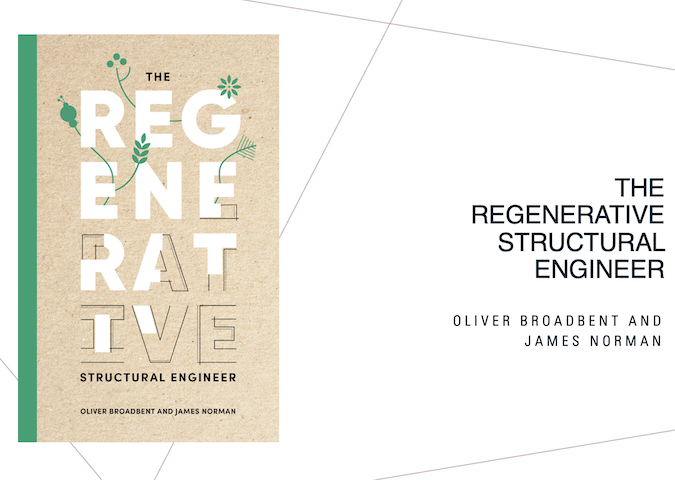This week, I’ve been thinking about lead and lag indicators. About how a designer’s job is essentially to predict the future. And about what factors we choose to use when making those predictions.
Where we have precedent, we can use past successes guide what we think is possible in the future. But when we’re working in new territory — unprecedented scenarios, or changing environments — we need new lead indicators to inform the models we build for tomorrow.
Take structural performance. We know a lot about how buildings stand up. That field is well established. But when it comes to energy performance, the field is less so.
It’s only in the last few decades that engineers (and other humans) have paid serious attention to how much energy a building uses to stay warm or cool. More recently still, we’ve started worrying about embodied energy — the energy used in making the materials and building the thing in the first place.
Of course, we now have increasingly sophisticated modelling tools to predict how new buildings will perform. But they are just that: predictions. What I find fascinating is how little attention we seem to pay to what actually happens after the building is built.
I call this phenomenon Post-Occupancy Amnesia.
One of the key ideas in regenerative design is that design is continuous. We don’t just design and disappear. We don’t just predict and leave. We stick around — to learn, to update our models, to deepen our understanding of the systems we’re working with and how our decisions change what they do.
The good news is that every building that currently exists is an experiment already running. Every one of them is producing data on how it actually performs. If we can gather that data, learn from it, and feed it back into our design processes, we’ll stand a much better chance of making smarter predictions for the future.
Maybe it’s time to trade in post-occupancy amnesia for the post-occupancy evaluations we should be doing as a matter of course to improve our models.

